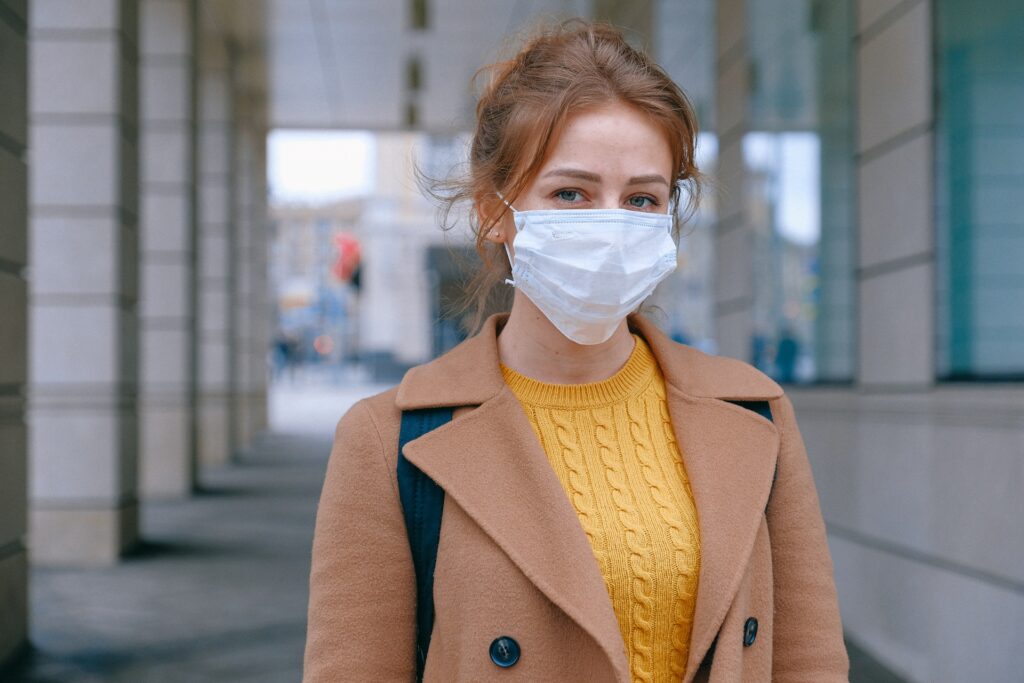
In recent years, the world has witnessed the devastating effects of pandemics, from the COVID-19 pandemic to various other infectious diseases. While we have learned valuable lessons from these experiences, the concept of “Disease X” looms as a potential threat.
What is Disease X?
Disease X is a hypothetical term used by the World Health Organization (WHO) to represent a new, unknown pathogen that could cause a global epidemic or pandemic. Essentially, Disease X is a placeholder for an infectious disease that could emerge unexpectedly and have the potential to spread rapidly, causing significant health, social, and economic impacts.
How to Stay Away from Disease X
Staying safe from this Disease involves adopting practices that are effective against known infectious diseases:
- Vaccination: When a vaccine becomes available, ensure you and your loved ones are vaccinated to build immunity.
- Hand Hygiene: Regularly wash your hands with soap and water for at least 20 seconds or use hand sanitizer.
- Social Distancing: Maintain physical distance from individuals outside your household, especially in crowded settings.
- Mask-Wearing: Use masks, particularly in indoor or crowded environments, to reduce the risk of airborne transmission.
- Quarantine and Isolation: Adhere to public health guidelines if you are exposed to or exhibit symptoms of the disease.
Is Disease X Another Pandemic?
In the wake of the COVID-19 pandemic, the world has witnessed firsthand the devastating consequences of a global health crisis. The impact on public health, economies, and daily life has been profound. As we cautiously emerge from this ongoing pandemic, many wonder about the potential for another pandemic, often symbolized by the concept of “Disease X.”
Disease X is not a specific disease but, health organizations like the World Health Organization (WHO) to describe a new, unknown pathogen that could lead to a global epidemic or pandemic. While we cannot predict when or where the next pandemic might originate, several factors make the potential for another pandemic a matter of concern.
- Zoonotic Diseases: Many pandemics, including COVID-19, have originated from animals. The proximity of humans to wildlife and the global wildlife trade create opportunities for zoonotic diseases to jump to humans.
- Global Travel and Trade: Increased international travel and trade can facilitate the rapid spread of infectious diseases across borders, making containment more challenging.
- Antibiotic Resistance: The growing problem of antibiotic resistance complicates the treatment of infectious diseases, potentially leading to more severe and harder-to-control outbreaks.
- Vaccine Hesitancy: Some regions have faced challenges in achieving high vaccination rates due to vaccine hesitancy, which can allow infectious diseases to spread more easily.
- Environmental Changes: Climate change and environmental degradation can alter ecosystems and potentially expose humans to new pathogens.
- Urbanization: The world’s increasing urban population can foster the rapid transmission of infectious diseases in densely populated areas.
- Globalization: Our interconnected world means that a local outbreak can quickly become a global threat.
Efforts are underway to improve pandemic preparedness, surveillance, and response. These include early detection systems, research into novel vaccines, antiviral medications, and enhanced international cooperation. Lessons from the COVID-19 pandemic have highlighted the need for robust healthcare systems, transparent communication, and global solidarity.
The Emergence
The emergence of Disease , a new and potentially pandemic-causing pathogen, remains a hypothetical scenario. However, it underscores the importance of remaining vigilant and prepared for emerging infectious diseases. Our collective response to COVID-19 has shown both the strengths and weaknesses of our global health infrastructure. Moving forward, it is crucial to apply the lessons learned to mitigate the potential impact of future pandemics and, hopefully, prevent Disease from becoming a reality.
Symptoms and Signs of Disease X
signs and symptoms for Disease X based on common characteristics of infectious diseases. Please keep in mind that these are entirely hypothetical and do not represent any specific disease:
Signs and Symptoms :
- Fever: Elevated body temperature, often one of the earliest signs of infection.
- Cough: A persistent and potentially dry or productive cough, which is a common respiratory symptom in many infectious diseases.
- Headache: A persistent and often severe headache can be a symptom of various viral and bacterial infections.
- Body Ache: Generalized body aches and muscle pain are common symptoms associated with viral illnesses.
- Sore Throat: A sore, scratchy, or painful throat is a hallmark of many respiratory infections.
- Chills: Experiencing chills and shivering may accompany fever and are indicative of an immune response to an infection.
- Loss of Taste/Smell: Anosmia (loss of smell) and ageusia (loss of taste) have been associated with certain viral infections, including COVID-19.
How Does One Get Disease X?
The mode of transmission for Disease X would depend on the nature of the pathogen. Disease X could potentially be transmitted through the air, contact with contaminated surfaces, bodily fluids, or other means. Adhering to hygiene and safety measures, as mentioned earlier, would be crucial to reduce the risk of infection.
Treatment
The treatment of Disease X, again, would depend on the characteristics of the pathogen. In the event of a Disease X outbreak, medical researchers and healthcare professionals would work diligently to develop and implement treatments, which may include antiviral medications, supportive care, and other medical interventions.
Vaccine
The development of a vaccine for Disease X would be a top priority in the event of an outbreak. Pharmaceutical companies, research institutions, and government agencies would collaborate to expedite vaccine research and production. It’s crucial for individuals to get vaccinated once a vaccine becomes available to protect themselves and contribute to herd immunity.
Conclusion
Disease X serves as a reminder of the ever-present potential for new infectious diseases to emerge. it is the need for preparedness, strong healthcare systems, and a global commitment to public health. Staying informed and following recommended safety measures can help mitigate the risks associated with unknown pathogens and pave the way for a more resilient world in the face of potential future pandemics.


Thank you for sharing this valuable information with us sir. But is this that much dangerous? Or just we are trying to avoid another pandemic which can never happen (Hope so)
I will not survive another lockdown if this happens again
Good hope this disease x will have vaccine soon no one should suffer from symptoms
Pingback: Casegevy - CRISPR-Based Therapy for Sickle Cell Disease - Modern Health
Pingback: Scrub Typhus : Causes, Symptoms And Treatment - Modern Health